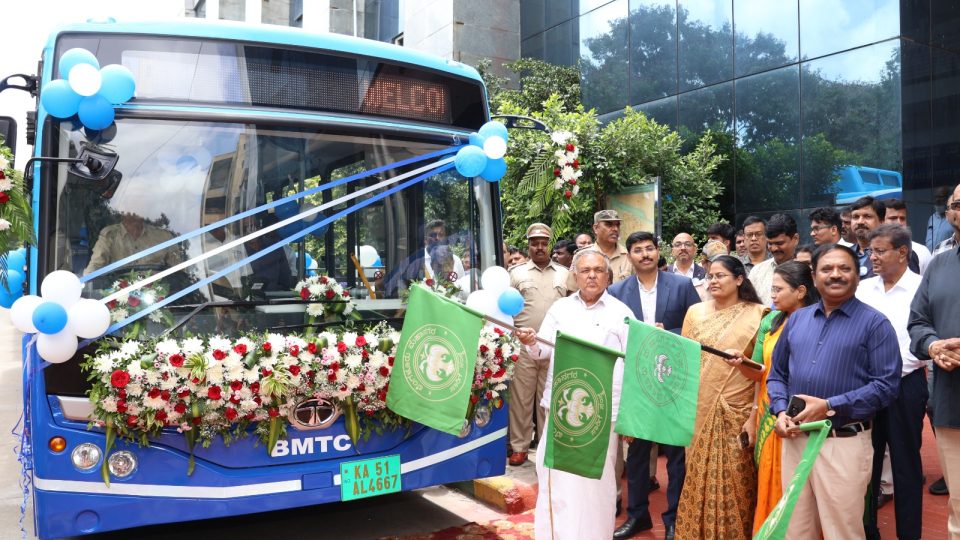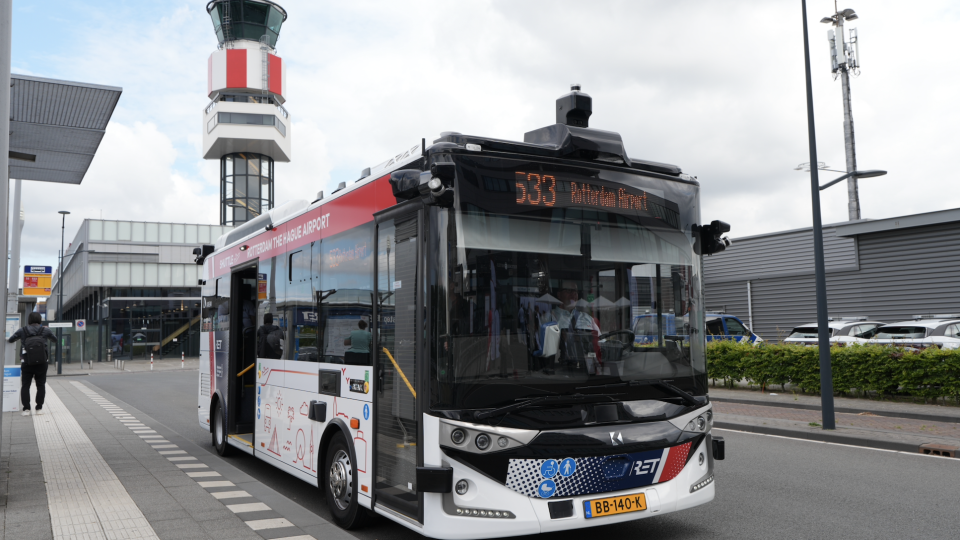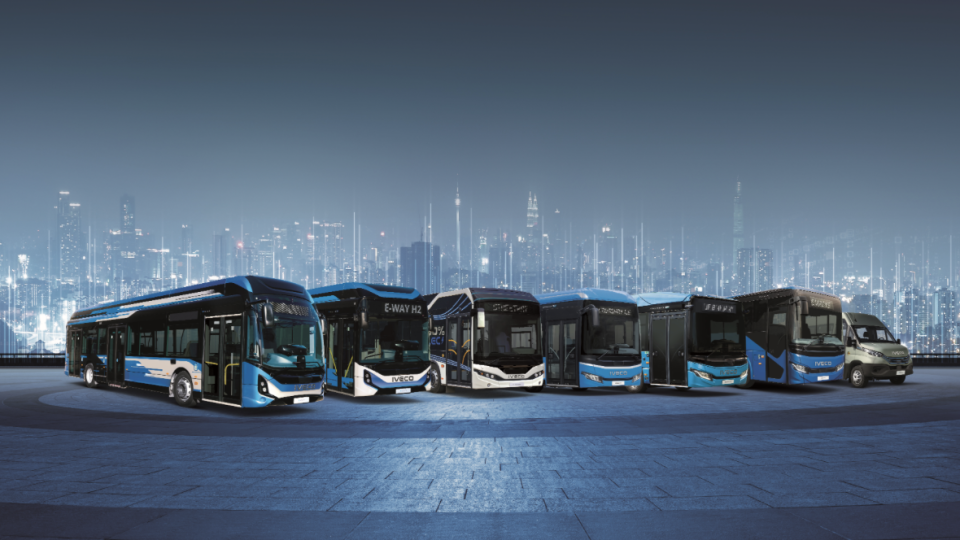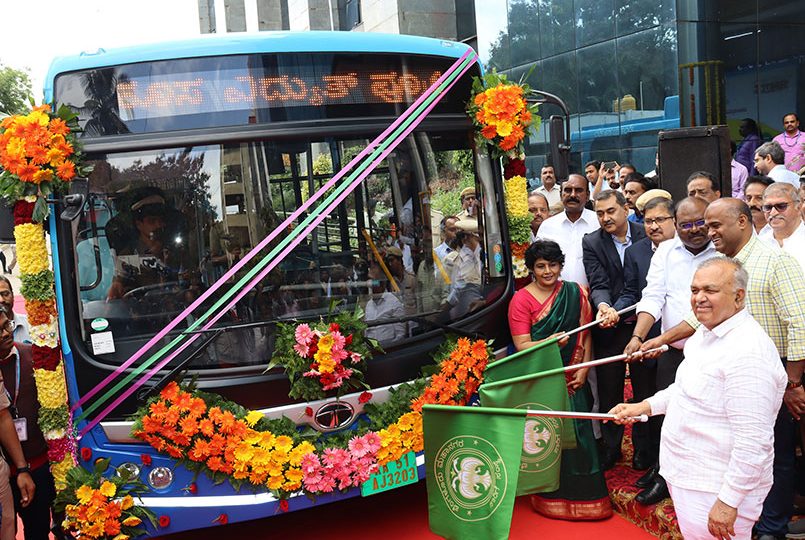The web event ‘Powering the future of public transport’ (*REPLAY AVAILABLE*)
The webinar was opened by an overview by UITP and gathered contributions from cities embarked on the way to the transition to e-buses, such as Brisbane, and from PTOs represented in the German organization VDV. Finally, the point of view of the bus builder has been represented by Ebusco‘s CEO Peter Bijvelds. Hitachi Energy delegates addressed the topics of technologies and challenges from the infrastructure’s supplier perspective.

«It’s very simple to plug three chargers to the grid, but when you need to charge 50, 100, 1,000 e-buses you understand that there is a strong coupling between the energy system and the operations. PTOs then have to think differently about operations and economics, understand new technologies, transform their competences and find the right partners».
Considerations from André Burdet, Head of e-mobility and strategy at Hitachi Energy Grid Integration, focuses on a concept that should be taken for granted: the ‘battle’ of energy transition in public transport will be fought on the infrastructure’s terrain.
This has been the stating point of the Sustainable Bus Tour 2022. An initiative supported by Hitachi Energy.
The webinar “Powering the future of public transport. Charging strategies for bus fleets” aims to give a contribution to the discussion about how to build a future-proof charging strategy for an electric bus fleet in a moment where upscale of zero emission buses is really, finally, underway.

THE AGENDA OF THE WEB EVENT
— OPENINGS —
✔️ Umberto Guida, Senior Director of Knowledge & Innovation, UITP
✔️ André Burdet, Head of e-mobility and strategy, Hitachi Energy Grid Integration
— ROUNDTABLE —
✔️ Wolfgang Reitmeier, Head of Depots, Workshops and Electric Mobility at VDV
✔️ Bruce Warner, Global segment manager Transportation, Hitachi Energy Grid Integration
✔️ Alexandre McCraw, Hitachi Energy Sales Specialist Emobility
✔️ Stephen Hammer, Project Delivery Director, Brisbane Metro Project (Brisbane City Council)
✔️ Damien Garrigue, Bus project manager, Nantes Métropole
— GUESTS —
✔️ Felipe Padilla Gomez, CTO and Digital Solutions expert, Hitachi GSIB
✔️ Peter Bijvelds, CEO and Founder, Ebusco
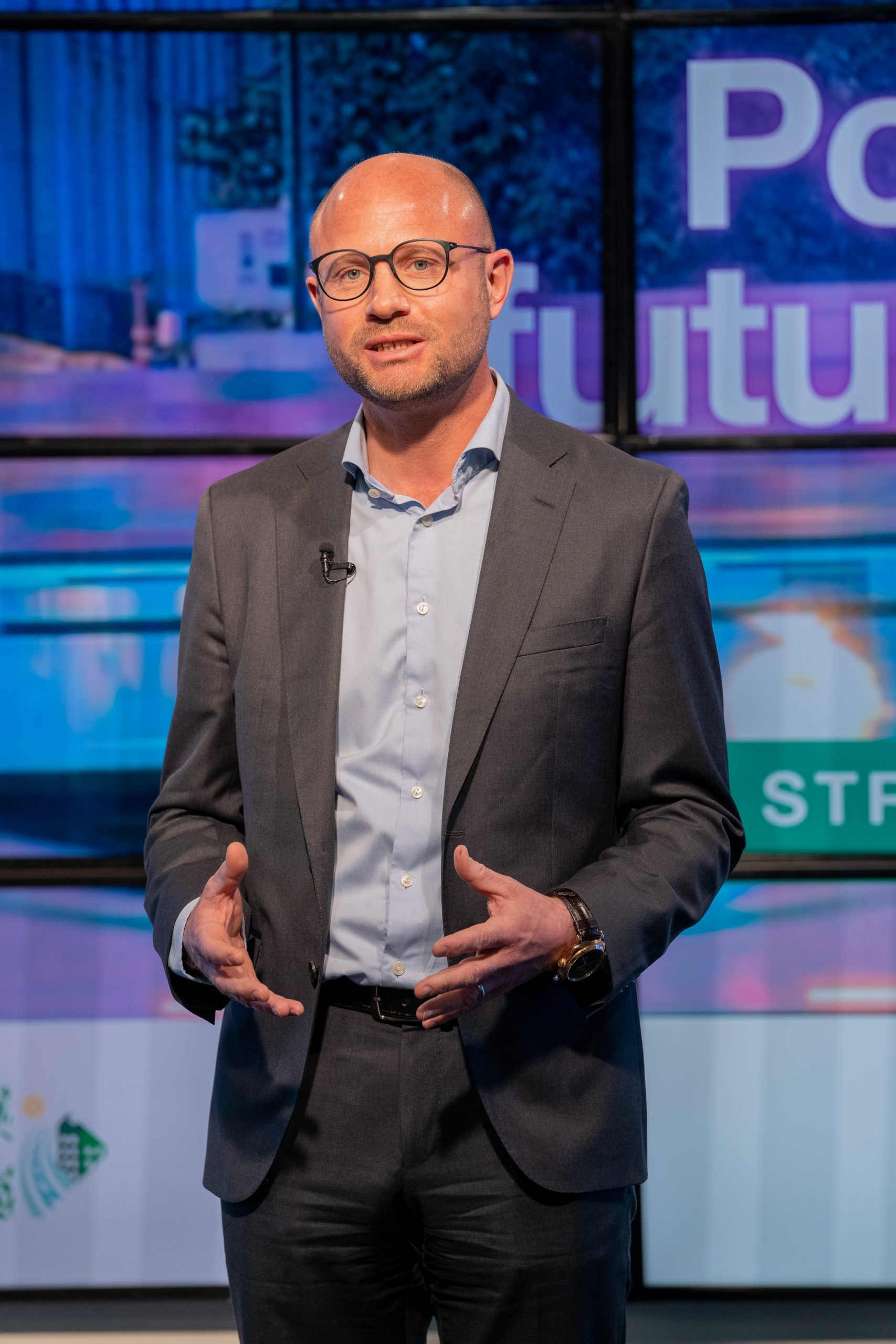

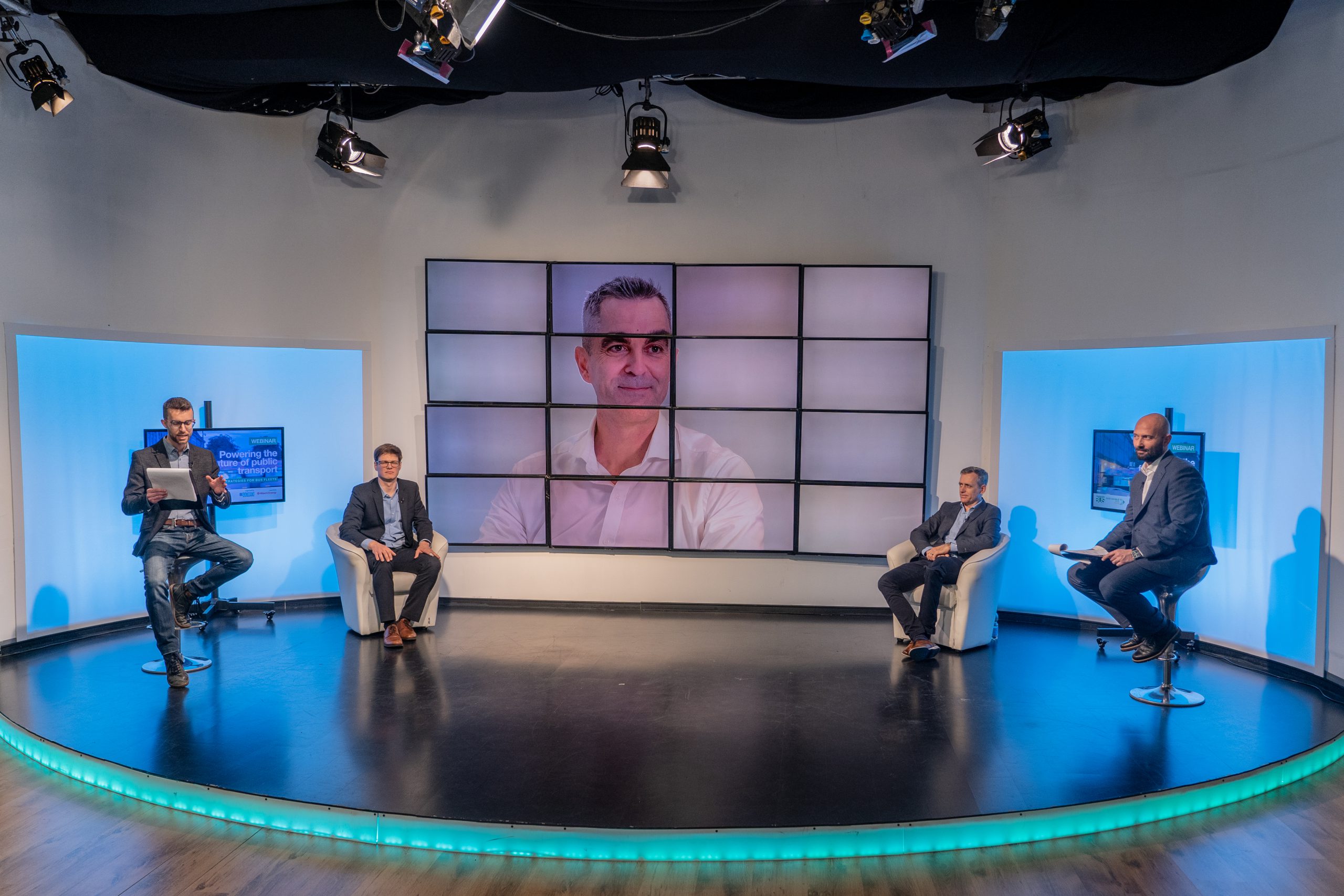
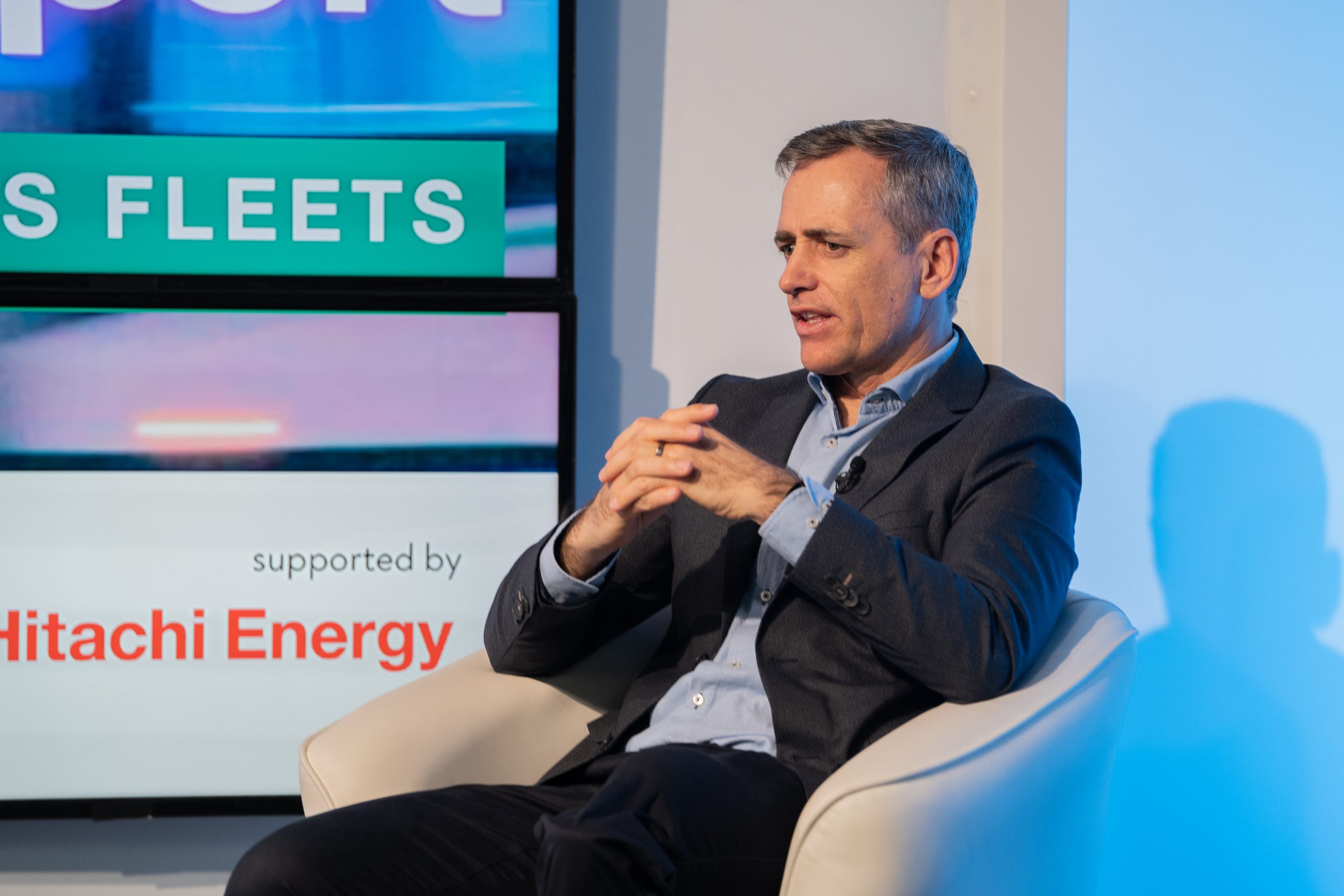

What happens as the number of e-buses and power increases?
Several aspects come into play when planning a transition to zero emission buses: depots to be converted, a growing energy demand, the reorganizations of parking lots and depot-based procedures, a careful planning of the routes depending on the location of charging points. And again: plug-in or pantograph charging? Slow or fast? In the depot or at terminus? Smart charging? But the main question is: what happens as the number of e-buses and power increases?
«It’s very simple to plug three chargers to the grid, but when you need to charge 50, 100, 1,000 e-buses you understand that there is a strong coupling between the energy system and the operations. PTOs then have to think differently about operations and economics, understand new technologies, transform their competences and find the right partners».
André Burdet, Head of e-mobility and strategy, Hitachi Energy Grid Integration
The way an operator powers an e-bus fleet demands a clear understanding how the city will evolve in the future. Developing a future-proof charging strategy is essential for city and public transport e-operators.
E-bus market in the spotlight: upscale is underway
A look at the market: European countries have witnessed the entry in operation of over 3,000 e-buses in 2021 (+50 percent on 2020). E-buses last year accounted for over 20% of the city bus market (21.7, being specific). It means a constant growth compared to the 12% in 2019 and 15% in 2020.
The 2021 share of e-buses is in line with the 22.5% of zero emission buses mandatory in public tenders in Western European countries (as decided upon the EU Clean Vehicle Directive). On the other side of the Atlantic Ocean, Zero emission bus deployment in the US has been growing 27% in 2021.
A third of the 200,000 buses in European public transport will be zero-emission by 2030, reads a recent report by financial consulting company ING. In that year, according to the firm, zero emission buses will cover two thirds of the new city bus registrations.




